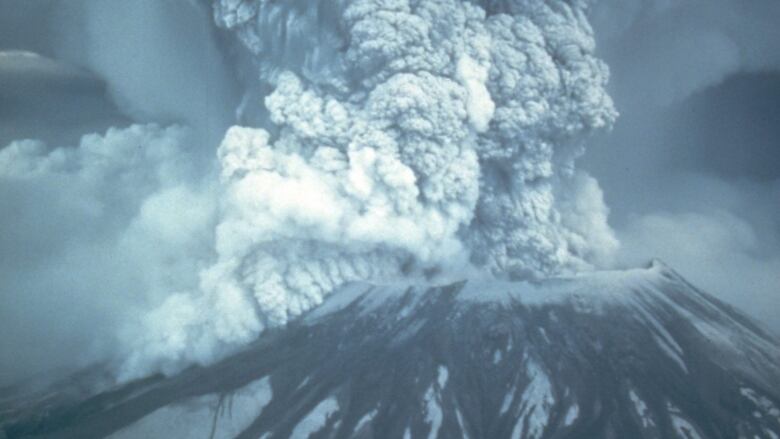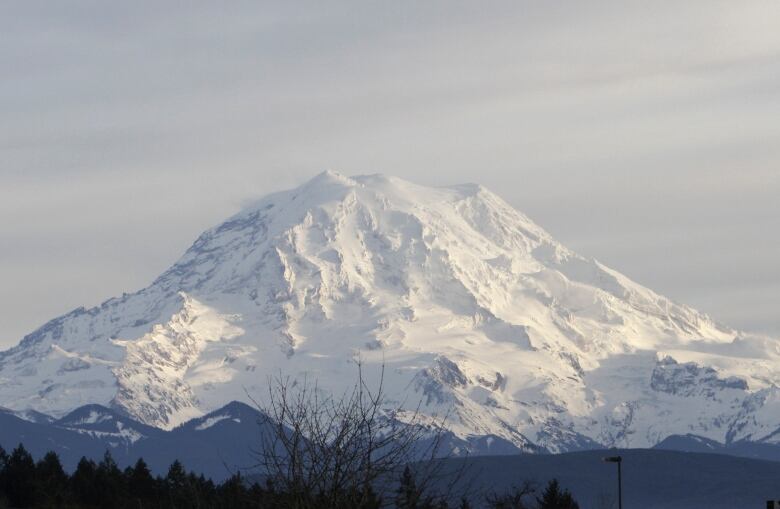Washington state residents rattled by Mount St. Helens tremors
Recent earthquakes not a sign of potential for eruption from volcano, seismologist says

Mount St. Helensis rumbling again, but it's not the volcano that worries Washington stateseismologists the most.
A 3.9-magnitude jolt Wednesday morning, about 11 km northeast of the volcano, was the strongest tremor in the seismically active area since 1981. It was followed by a swarm of up to 150 smaller earthquakes.
In 1980, aneruption blew out the side of the volcano, killing57 people and devastating the landscape. Cascades of water, mud, and rock raged down valleysand knocked down forests.
But the latest quakes do notsignal that the volcano ismoving closer to another eruption,seismologist Seth Moran told On the Island host Gregor Craigie.
"There are earthquakes that are occurring at Mount St. Helens kind of continuously," said Moran, who is a seismologist and scientist-in-charge at theUnited States Geological Survey's Cascades Volcano Observatory.
The most hazardous volcano in Washington state is considered by seismologists to be Mount Rainier, where volcanic mud flows, calledlahars, roar down thePuyallupRiver drainage system every 500 to 1,000 years.

"That's a long time from a humanity perspective, but from a geologic perspective that's pretty frequent and a really good reason for believing it's going to happen again," Moran said.
Tens ofthousandsof people are in the path of a largelahar, including the Washington communities of Orting, Sumner andPuyallup. In aworst-case scenario thelaharcould reach Tacoma, though related flooding is more likely to affect the city.
Moran said thelahardetection system set up two decades ago by Pierce County withUSGSassistance is now old technology, but itcan be updated to provide moreeffectiveand earlier warning for the "bump in the night" event that could give residents as little as 45 minutes to escape to safety.
"We've done studies of the volcano itself and there are parts of the volcano, of the cone, that we know are somewhat unstable and have the potential to let loose again with one of these things," Moran said. "The likely scenario is it wouldn't happen unless the volcano is in a state of unrest or eruption."
While the recent earthquake close to Mount St. Helensmight seem alarming, Moran said it is not cause for concern.
If magma was moving in the volcano, Moransaid, "It would be different. We've seen Mount St.Helens wake up twice and in both cases it was pretty obvious what was happening in terms of how different things were or how different things quickly became."
When the volcano became active again in 2004, he said, the earthquakes started small and increased in strength and frequency over time instead of decreasing, as they have this week. There were also ground deformations and glacier cracks.













_(720p).jpg)


 OFFICIAL HD MUSIC VIDEO.jpg)
.jpg)



























































































